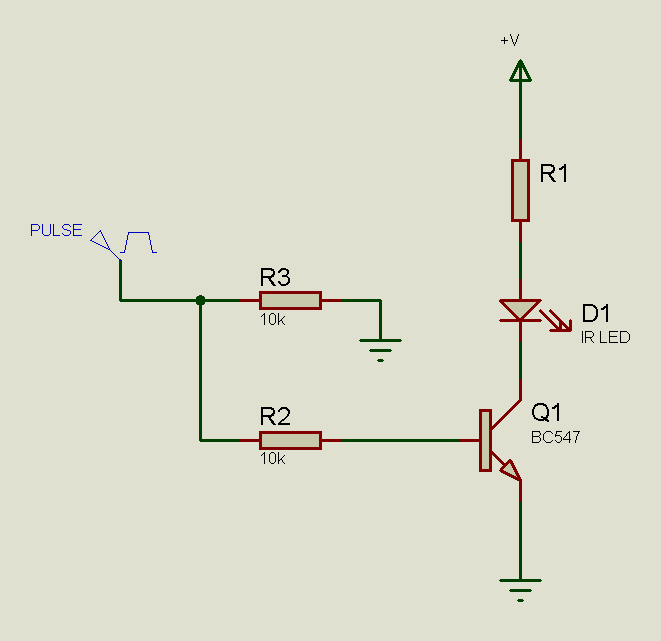imranahmed
Advanced Member level 3
- Joined
- Dec 4, 2011
- Messages
- 817
- Helped
- 3
- Reputation
- 6
- Reaction score
- 3
- Trophy points
- 1,298
- Location
- Karachi,Pakistan
- Activity points
- 6,492
Please let me know that if want to make IR transmitter the carrier frequency must be accurately 36,38,40 kHz or 36kHz to 40kHz and what is the effect of change of carrier frequency in transmit range.
How the carrier frequency change the transmission range?
How the carrier frequency change the transmission range?

